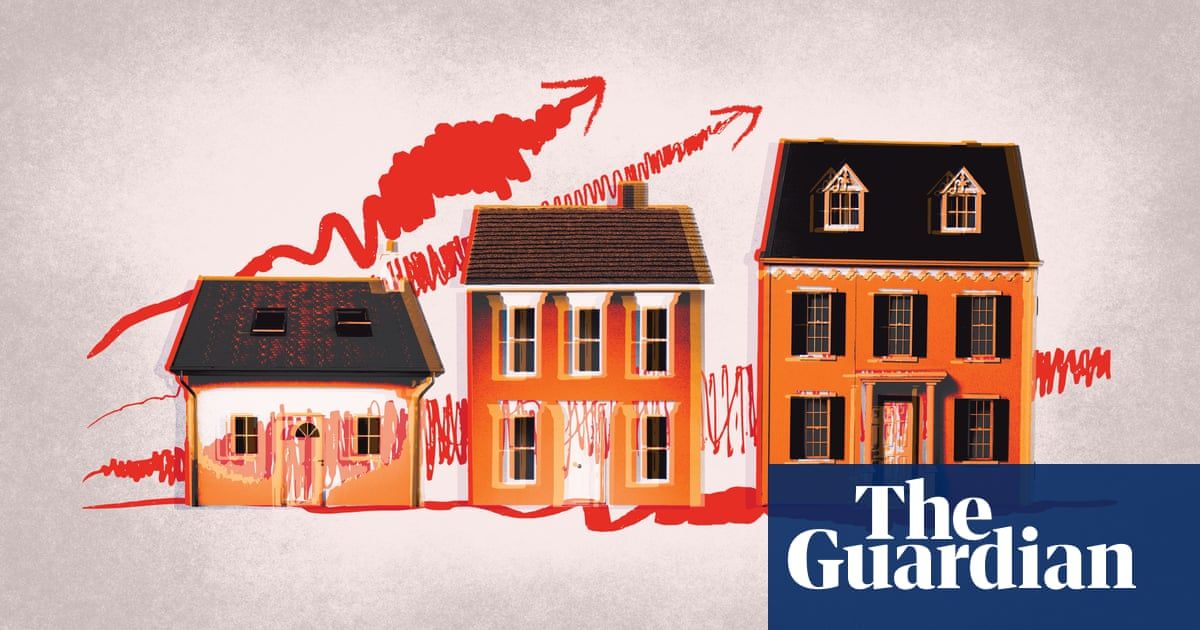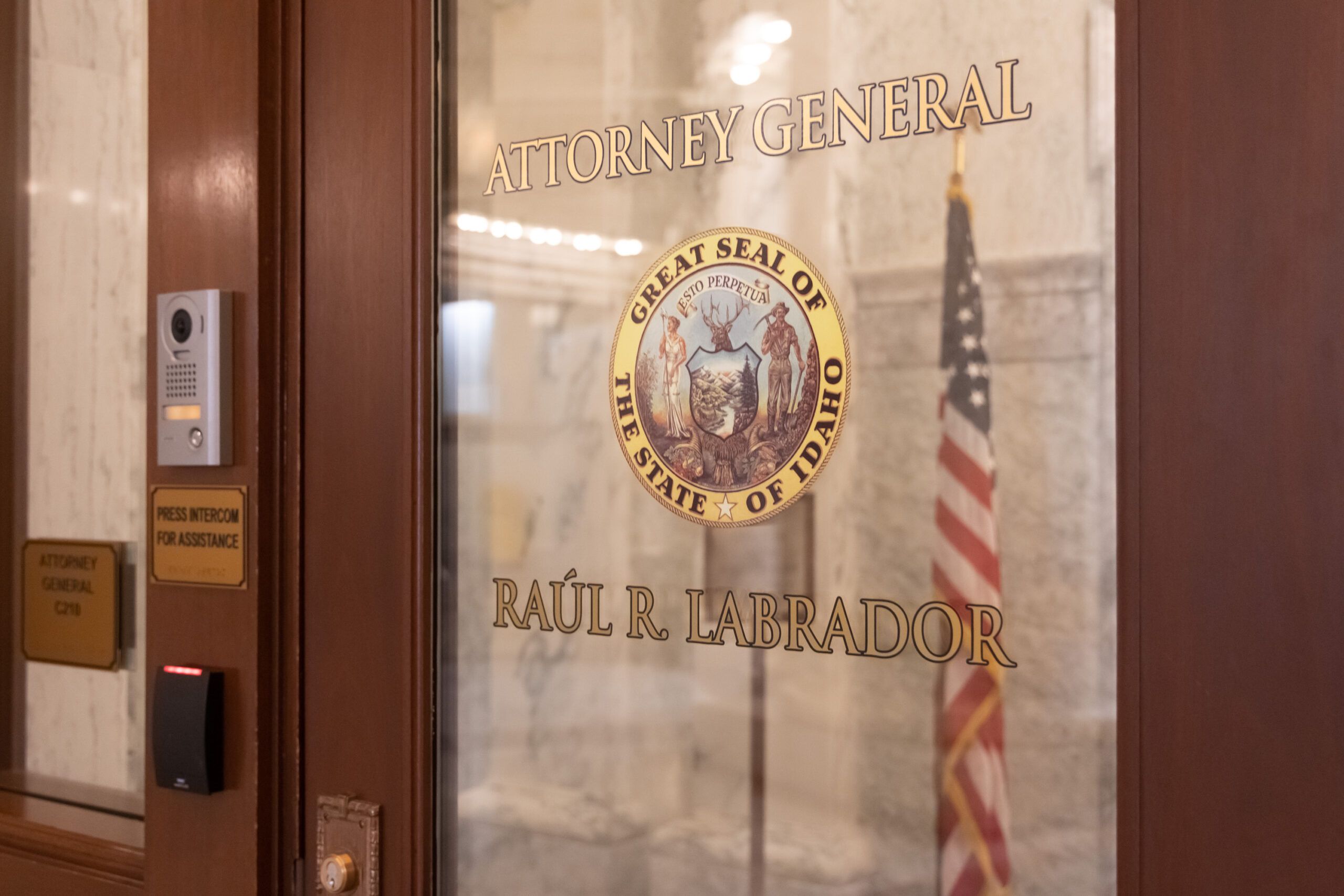How finding a home in America became so absurdly expensive
In 2021, real estate agents started noticing something strange happening in the US housing market.
In a single week, veteran realtor Sasha Davis wrote 50 offers for clients hoping to buy a home in Florida.
“Typing that much was a lot,” she said. “My hand was struggling. It was tough to even grip after that.”
But of the 50, just five were accepted, a miserable rate.
Davis said listings that would normally get five offers were getting 50 or even 100. Several of her clients came in with full cash offers higher than the list price, but still lost out on the home. She recalled one listing where a buyer offered $100,000 over the list price to win the bidding.
This was a national trend. The typical US home value at the beginning of 2020 was about $230,000, according to Zillow data. Today, it has skyrocketed to more than $330,000.
But it wasn’t just home prices. Rising housing costs have been devastating for many renters.
A record number of people are are now “cost-burdened” by rent prices, meaning the cost of housing sucks up more than 30% of their income.
All told, as of 2022, median home prices and rents in America hit all-time highs. This is great for those who already own, as their property values continue to soar. But for many Americans, little is left over for the rising cost of everything else, like food and healthcare – let alone to save for a house. Ultimately, the dream of home ownership or an affordable rental is becoming unreachable for more and more Americans.
The perfect storm for record-high home prices
To understand what’s going on, we have to understand how we got here.
There is no universal rule on what you can afford based on your income, since it’s dependent on location and your financing. But historically, the average home cost about 2.6 times the median income – a ratio real estate agents often cite as a threshold for affordability. So if your annual household income is $100,000, then this simple formula says you can afford a $260,000 home.
The simple explanation for why housing prices are so high is that more people want to buy homes, but there aren’t enough on the market. There are several causes of this, according to housing experts.
Millennials – born in the 1980s through the mid-1990s – are driving up demand because they’re now entering the housing market, after years of being delayed in buying their first homes.
Investors are buying an increasing number of properties, adding to the competition. In 2010, only about 10% of homes were bought by investors; now it’s approximately 20%, according to Redfin data.
Mortgage interest rates hit a record low during the pandemic, supercharging sales. But today rates are high – nearly 6.5%, up from less than 3% a few years ago – and many sellers would rather stay put than risk entering the market for a new home themselves, meaning inventory has cratered.
Existing homes also aren’t going on the market because baby boomers – born between the mid-1940s and mid-1960s – are ageing in place rather than moving into senior living arrangements.
Despite all this demand, new home construction hasn’t kept up. There was a shortage of about 2.3m homes by the end of 2022, an increase of about 500,000 since 2012, according to a Realtor.com analysis.
This situation has benefits for some. “If you are a homeowner, you have access to incredible amounts of equity right now,” said Whitney Airgood-Obrycki, a senior research associate at Harvard University’s Joint Center for Housing Studies.
But this also means a huge number of potential home buyers are locked out of the market. In most of the country, a household earning the area’s median income is not even close to affording a typical home. Much of the new construction is in the higher end of the market, because that’s where builders can make back their money, Airgood-Obrycki said. That leaves even fewer vacancies for lower- and middle-income households hoping to buy.
Davis, the Florida real estate agent, said she saw people get locked out of buying a home because of the rising costs.
One example was a client for whom she wrote more than 60 offers. He was a military veteran hoping to buy a home in Florida using benefits from the US veterans administration, which allowed him to buy a home without a down payment. In a normal market, she said she probably would have found him something – but all of those offers were rejected.
“It was awful,” Davis said. “I felt tremendous sympathy for the first-time home buyer.”
These high home prices don’t just affect potential buyers - they also have an effect on the rental market.
With home sales squeezed, “you have this golden situation for homeowners”, Airgood-Obrycki said. “But more people are shut out, and are ending up in higher-income rentals … This influx of high-income renters is putting pressure on everything else.”
That is one of several reasons rent costs have also increased. There was already a rental shortage, but the pandemic supercharged some of these trends.
Millennials who were living with roommates or with family during the pandemic decided they wanted their own space, so they drove up demand on rentals. People working remote jobs wanted more space or different living arrangements.
And new rentals aren’t being built fast enough to meet all the demand.
The increasing prices have made it increasingly difficult for households to pay for housing.
Economists have long believed that households spending more than 30% of their income on rent and utilities are “cost-burdened”. But in most American counties, the average renter has to pay more than that threshold. And for minimum wage workers, there is not a single county in America where an average two-bedroom rental is affordable, according to data from the National Low Income Housing Coalition.
Poor households are being squeezed from every side. In 2021, as housing costs spiked, households earning less than $30,000 had little money left after paying for rent and utilities – about $380 a month, compared to nearly $600 two decades ago.
Meanwhile, there was a 3.4% increase in people who are unsheltered from 2020 to 2022, and a 16% increase in people who are chronically homeless, according to federal data.
But because many homeowners benefit from rising housing costs, it’s rare to hear American politicians explicitly say that rising housing prices are a problem for everyone else.
“They’re really worried about the price of gasoline and the price of eggs going up,” said Jenny Schuetz, a senior fellow at the Brookings Institution. “But [Federal Reserve chairman] Jay Powell and Biden aren’t saying it’s a problem that housing prices are going up.”
The widening gap of home ownership – and wealth
The quintessential American success story has long involved home ownership, and for several generations it has been a reliable way to build wealth. But that’s turned into almost an expectation that home values should increase at about 6% a year. In local elections, homeowners often vote to preserve home values, blocking new building projects and zoning reforms that would allow for more affordable housing.
“This is a giant constituency of voters who believe housing prices must always increase over time,” said Schuetz, who recently published a book, Fixer-Upper, about how to fix the housing affordability crisis. “We’re used to it going up faster than inflation, and sometimes faster than the stock market … No one wants to say publicly that housing prices should only go up 2 to 3% a year.”
Even if home prices increase at a rapid rate, some demographics of renters can still buy into the dream of home ownership. For example, people who own their homes can help their millennial and Gen Z children afford a down payment. “With housing prices up, mom and dad are sitting on $500,000 of home equity, so they can give you a gift that lets you get into home ownership,” Schuetz said.
These groups are the manifestation of America’s long-term vision for wealth building. When the US created the Federal Housing Administration in the 1930s to help Americans secure home loans, the hope was to increase home ownership and build generational wealth. And it worked; home ownership rates increased from about 50% to nearly 70% today.
But those efforts to help people buy homes excluded non-white Americans, who were denied loans and locked out from desirable neighborhoods. This was particularly devastating to Black Americans, and by 1960, the ramifications were clear: just 38% of Black households owned their home compared to 65% of white households.
Today, that home ownership gap is even wider – and the gap is expected to widen even more by 2040, according to a 2021 Urban Institute analysis.
For renters, increasing housing prices means the promised land of home ownership is further away – and for households that don’t have family wealth to help with a down payment, that gap may never be bridged.
During the pandemic, the federal government passed several unprecedented measures to help renters, including $46bn for rental assistance, an eviction moratorium, and an expanded child tax credit that kept 3.7 million children out of poverty. These efforts kept millions of Americans housed, as they weathered the pandemic.
But those safety net programs have all been rolled back, and there’s little political appetite to reinstate them.
“There were lots of efforts to stem the bleeding,” Airgood-Obrycki said. “Now it’s gone – but everyone’s still bleeding.”
Source: The Guardian US


